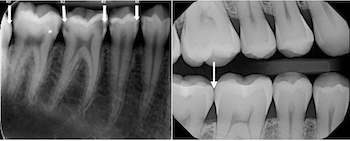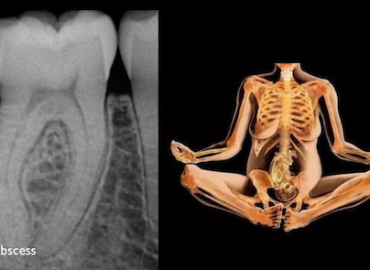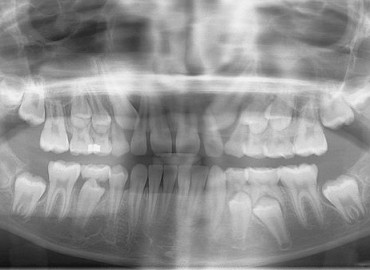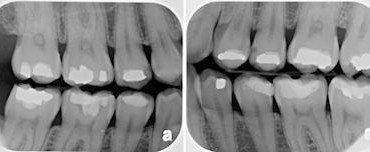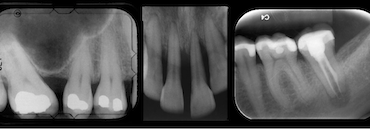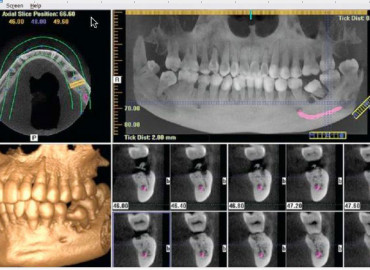Why do I need dental x-rays?
Dental x-rays help your dentist see underlying issue not obvious to the naked eye. The arrows show dental decay and the areas most commonly affected by dental decay. Do you really need dental X-rays? Yes, absolutely. Dental X-rays are a screening procedure that allows the dentist to get “the full picture” and to understand what […]

